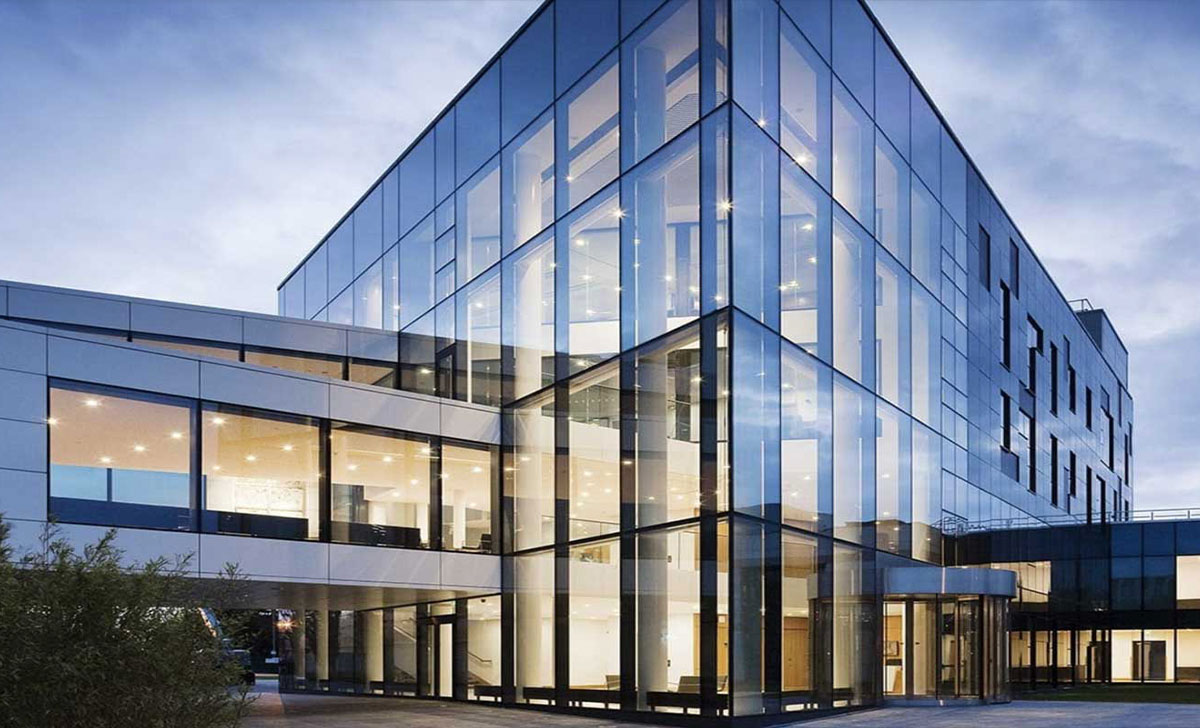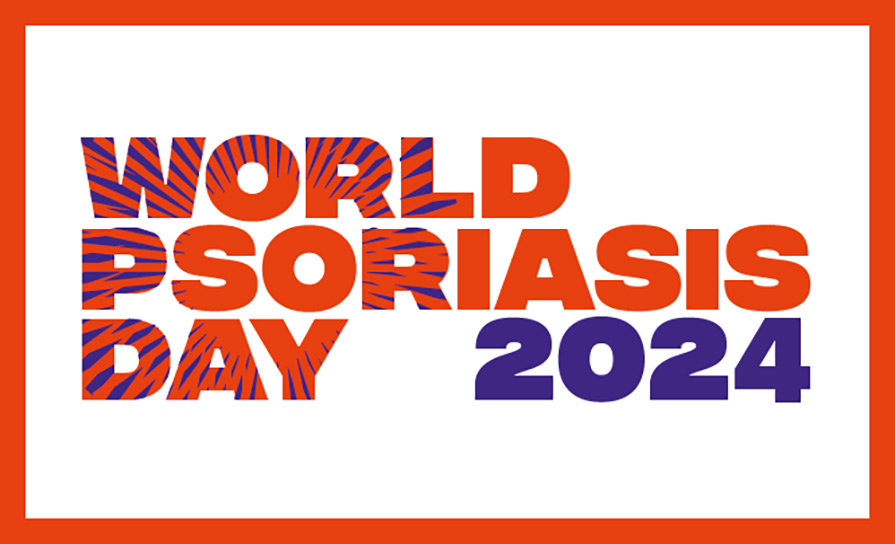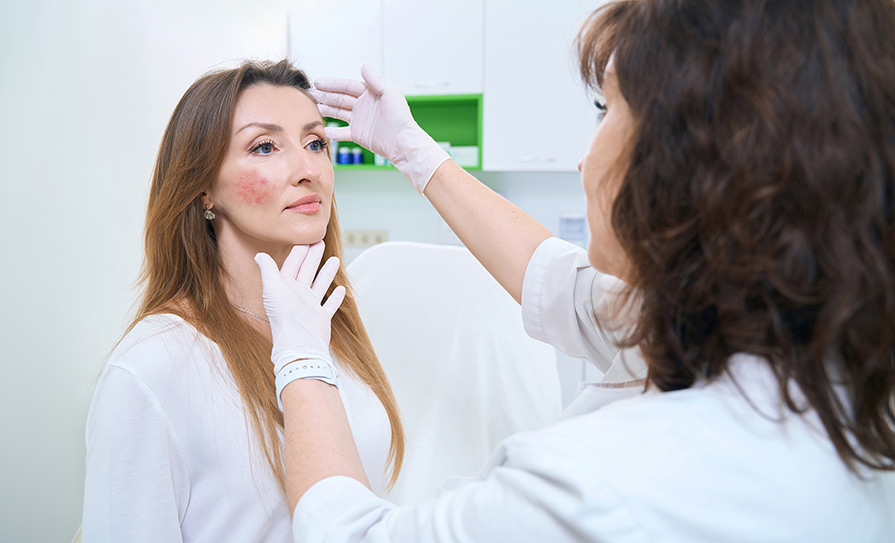Article and series in association with UCD CHARLES INSTITUTE SEMINAR SERIES.
Attendees at UCD’s Charles Institute Seminar Series heard a presentation by Prof Michael Raghunath on macromolecular crowding and extracellular matrix deposition and maturation.
The Charles Institute, Ireland’s national dermatology research and education centre, hosts a range of guest speakers who cover a variety of topics ranging from skin cancer to psoriasis, among many others. The series, which is sponsored by RELIFE (part of the A.Menarini group), is designed to provide expert advice from a range of distinguished national and international experts in their respective fields and is chaired by Prof Desmond Tobin, Full Professor of Dermatological Science at UCD School of Medicine and Director of the Charles Institute of Dermatology. The seminars are broadcast to attendees with a special interest in dermatology and cutaneous science in other locations, who access the talks remotely via an audio-visual link.
The seminars are held using a hybrid model, combining in-person attendance with interactive online access.

Attendees heard a presentation by Prof Michael Raghunath, Head of the Centre for Cell Biology and Tissue Engineering at the Institute for Chemistry and Biotechnology, Zurich University of Applied Sciences in Switzerland. Prof Raghunath delivered a presentation titled ‘Extracellular Matrix: Abundant In Vivo, Elusive In Vitro — and How to Change This’.
Prof Raghunath has more than 30 years’ experience in basic translational research and became internationally-renowned in the area of matrix biology — in the fields of pathobiochemistry of collagen and elastic microfibrils — and skin biology, specifically in the areas of wound repair and cornification disorders. He also created a novel field of macromolecular crowding in tissue engineering to build cell-specific and lineage-directing microenvironments, and his technological innovations have been adopted by the pharmaceutical industry.
His research is focused on tissue models for drug testing and discovery, including antifibrotics. He is also working on examining macromolecular crowding (MMC) and its biophysics to enhance extracellular matrix formation to generate stem cell microenvironments. He also has a special interest in white and brown adipose tissue engineering, platforms to differentiate pericytes from peripheral blood, and angiogenic induction for chronic wounds.
Prof Raghunath explained that all cells grown in culture once were embedded in the context of other cells and into a mesh framework of an extracellular matrix, richly decorated with growth factors, exosomes, and matricellular ligands. He told the seminar that when they are abruptly removed from their former microenvironment in the tissue, cells must then “scrape a living submerged in salt water on stiff plastic covered with absorbed proteins from a foetal calf serum,” he said.
New components
These conditions do not represent a microenvironment conducive to fostering physiological cellular functions. Therefore, efforts are being made worldwide in biomaterials and tissue engineering research, with a view to providing cells with a synthetic microenvironment to enhance cell performance. “However, over all the excitement about new components, surface modifications and sales, the ability of cells to make their own respective microenvironments became forgotten, like Sauron’s ring,” he told the attendees. Rather, cells in culture can create ample ECM environments if the culture conditions allow them to do so, for example by reintroducing macromolecular crowding to the culture medium. In monolayer culture, for example, ultra-flat 3D ECM can be achieved but in addition, ECM cocoons in hydrogels can be created, he explained.
Prof Raghunath provided an overview of the cell microenvironment, as well as an overview of the industrial adoption of MMC. He focused on how to get cells to make more and complex extracellular matrices in vitro and told the seminar: “There are now many synthetic biomaterials out there claimed to mimic the natural microenvironment, but the natural complex ECM remains unsurpassed,” he said, presenting an overview of research literature on the topic. However, obstacles to ECM formation in culture remain, because “In vitro extracellular matrix deposition is inefficient because cell cultures are crowded… I do not mean crowded in the sense of a high density of cells; I mean crowded with macromolecules,” he said. “Cell culture, however, is far from being macromolecularly crowded.”
Prof Raghunath delivered a synopsis of the industrial adoption of MMC in research and development, and told the seminar about the “Church of Cell Biology”; “ we grow cells on stiff plastic in saltwater, too warm, with too much oxygen, and in the dark… and yet believe that if we do this to the cells, we get a physiological response and a physiological behaviour…. But we took a fresh approach to remedy at least some aspects of the process, namely the highly aqueous nature of culture media, by bringing back some crowding and introducing some carbohydrate-based, chemically-inert macromolecules,” he said.
MMC leads to an excluded volume effect, which enhances protein folding and conformation; enhances specific protein-protein, nucleotide-protein, and nucleotide-nucleotide interactions, including enzyme-substrate interactions, explained Prof Raghunath. “Interestingly, MMC is a concept that is also known in pharmaceutical chemistry, where they are known as excipients. It enhances protein-protein and all kinds of ligand interaction. I am particularly interested in the enzyme-substrate interactions, because a couple of enzymatic reactions are gatekeepers of extracellular matrix formation,” he told the attendees. “So, we know that crowding intensifies ligand partner interactions, in particular enzyme-substrate interactions, and now we can go and study the cell culture.”
He briefly explained the process of reintroducing crowding into the culture medium to allow the enzyme to work more efficiently in order to convert procollagen into collagen to achieve matrix deposition. In addition, MMC drives the supramolecular assembly of the generated collagen to form fibrils, so you get a “double-whammy”, he said. “Crowding is like an amplifier, a type of megaphone,” Prof Raghunath told the seminar. “It amplifies what the cells are doing at that moment; it will not push differentiation. But if you have a differentiation ‘cocktail’, that will amplify the effect, due to the positive feedback from the deposited ECM,” he added.
There are now many synthetic biomaterials out there claimed to mimic the natural microenvironment, but the natural complex ECM remains unsurpassed
Burn victims
Prof Raghunath gave the attendees an overview of his research in this area, and he also briefly discussed his previous work in the 1990s helping to regenerate the skin of paediatric burn victims, including his extensive research into how the dermis is reconstructed. Many of the significant barriers to that research were overcome when he revisited it 20 years later and applied MMC principles to the process, he pointed out.
“So what I have tried to convey to you in this seminar is a biotech platform, adding macromolecules to a culture medium, where there is quite a bit of biophysical or physical chemistry theory behind what is happening,” said Prof Raghunath. “But you can use it to drive cells to deposit a better in vitro matrix, and this is meant to open up avenues of study for in vitro physiology or drug testing.”
Prof Raghunath summarised by telling the seminar: “Macromolecular crowding is an ancient principle; it drives biochemical and biophysical reactions, in particular extracellular matrix deposition and maturation. We use negatively- or neutrally-charged crowders, and our crowders can be used but other crowders can also be used, such as polyvinylpyrrolidone.
“Macromolecular crowding drives not only collagen, but fibronectin deposition, and also microfibrils. Macromolecular crowding has proved its value in the pharmaceutical industry.”
Confluence
During an interactive Q&A and clinical discussion following Prof Raghunath’s presentation, Prof Tobin discussed the issue of cell confluence in vitro: “There are debates in labs worldwide over whether we should be doing our experiments when the cells are 70 per cent confluent, 80 per cent confluent, or waiting until they are 100 per cent confluent,” said Prof Tobin. “Given that we are often working with cell types that don’t divide much at all in vivo, and we force them into a state of hyperproliferation in vitro, how crowded in the non-macromolecular sense should these cells be?”
Prof Raghunath replied: “It’s a very good question, but difficult to answer because it depends on what you want to get out of them. If you want to get matrix production of fibroblasts, you are better off in the subconfluent stage, because when they touch each other, they switch off a couple of functions. I still think there is room for bringing in help from outside using a biomaterial, such as a way to combine a hydrogel system to keep cells in a certain configuration and then have them produce their own matrix.”













Leave a Reply
You must be logged in to post a comment.